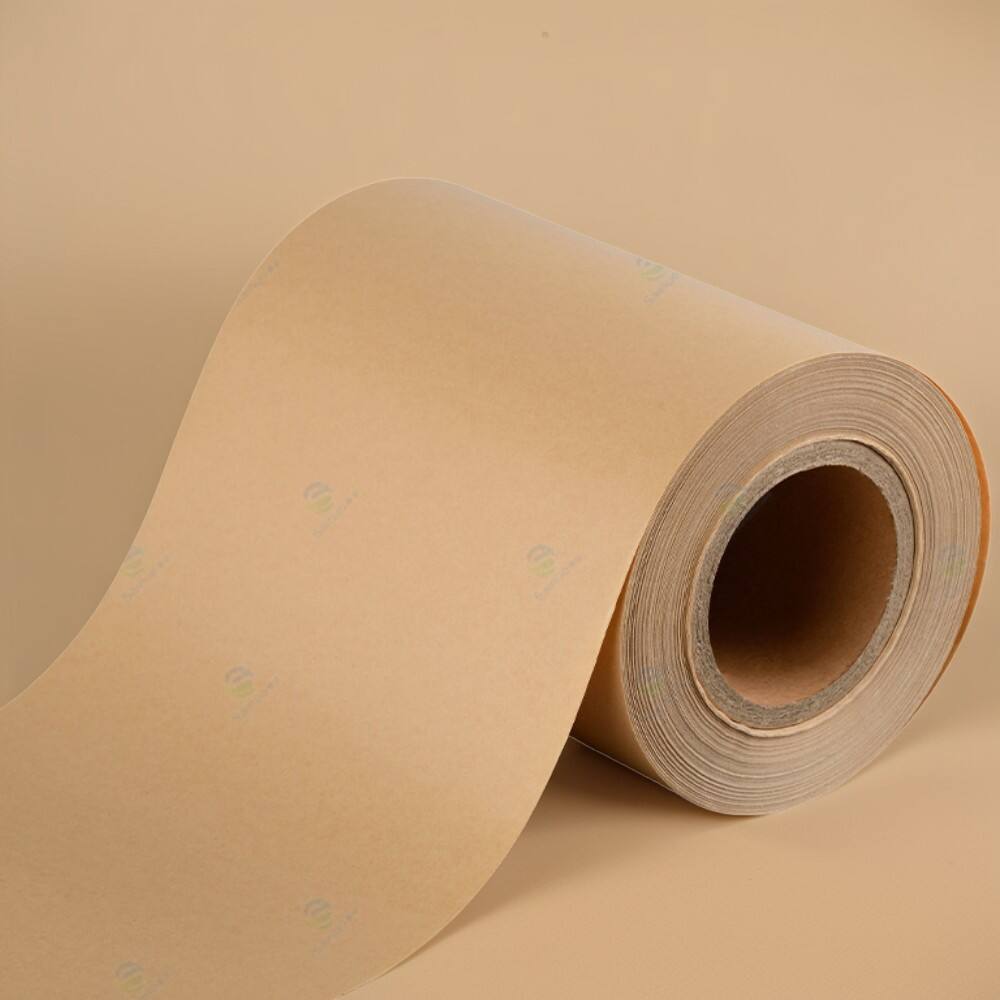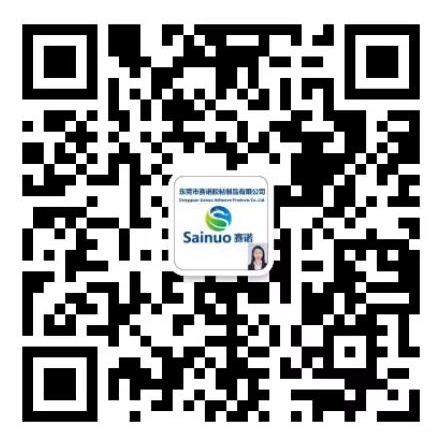Optimizing Label Production with High-Performance Self-Adhesive Materials
Essential Properties of High-Performance Label Materials
Durability in Extreme Conditions
High-performance label materials must exhibit exceptional durability to withstand extreme conditions such as temperatures, humidity, and UV exposure without peeling or fading. Labels used in industries like food and beverage, pharmaceuticals, and logistics must endure challenging environments, ensuring product information remains legible and intact. Studies show that high-performance labels maintain integrity even in temperatures ranging from -40 to 120 degrees Celsius, essential for ensuring reliability in distribution chains and storage facilities. Durable materials like sticker paper and thermal printer paper are often favored for these applications due to their robust properties.
Print Compatibility with Modern Technologies
Another crucial aspect of high-performance label materials is their compatibility with various modern printing technologies such as digital printing and thermal transfer. Research indicates that materials conducive to these technologies can enhance print quality and expedite production processes, benefiting industries like shipping and logistics that rely heavily on efficient label creation. When selecting label materials, considerations should include the type of ink used and printer specifications to ensure optimal performance and quality. The use of compatible sticker paper and thermal paper is critical for achieving excellent output in technologically advanced printing setups.
Environmental Resistance for Longevity
Label materials should be designed to resist varied environmental factors, including chemicals, moisture, and abrasion, to ensure longevity. Environmental resistance is vital for labels used in transportation and outdoor settings, where exposure to harsh elements can lead to deterioration. Materials such as polyester and vinyl are known for their superior environmental resistance, making them ideal for applications that require endurance and prolonged lifespan. This resistance not only ensures labels remain legible throughout their use but also confirms their reliability across diverse operational contexts.
Optimizing Production with Specialized Self-Adhesive Papers
Sticker Paper Solutions for Diverse Applications
Sticker paper is incredibly versatile, catering to a wide range of applications, from marketing labels to intricate product branding solutions. Different types of sticker papers are formulated to bond seamlessly with various surfaces while remaining easy to remove without leaving residues. This high-quality adhesive is essential for maintaining the visual integrity of the product while ensuring a firm hold. Additionally, customizable options, including various shapes and sizes, offer businesses the opportunity to creatively enhance their branding efforts. This adaptability makes sticker paper a preferred choice in industries like retail and promotional marketing, where aesthetics and functionality go hand in hand.
Thermal Paper for Dynamic Labeling Needs
Thermal paper has become indispensable for applications requiring dynamic and on-the-spot printing, such as retail environments and ticketing systems. This type of paper is renowned for its ability to produce clear and sharp images quickly, a crucial feature during busy operational periods. Thermal paper’s quick drying capability minimizes smudging, ensuring that labels and tickets remain legible. To maximize the benefits of thermal paper, it's important to understand the specifications of the thermal printers used, as this knowledge guides in selecting the most suitable paper for specific printing needs, thus enhancing the efficiency and reliability of the labeling process.
Shipping Label Paper Durability Standards
Selecting the appropriate shipping label paper is paramount in preventing returns caused by damaged or unreadable labels during transit. The ideal paper should adhere to stringent durability standards, offering resistance to elements like water, tearing, and fading. Such resilience ensures that shipping labels remain intact and legible throughout the transportation process, thus facilitating smooth delivery operations. Moreover, compliance with relevant shipping regulations is critical to guarantee successful delivery and avoid legal and logistical issues. Investing in high-quality shipping label paper ultimately supports efficient and effective logistics management.
Wholesale Self-Adhesive Brown Kraft Paper Solutions
Thickness Specifications: Ordinary vs. Thickened
In selecting the appropriate kraft paper for various applications, understanding the differences between ordinary and thickened options is vital. Ordinary kraft paper, with a typical thickness ranging from 70 to 100 microns, is ideal for lightweight applications like labeling books or everyday products. Its balance ensures it is neither too obtrusive nor fragile. On the other hand, thickened kraft paper, ranging from 120 to 200 microns, offers enhanced durability, making it suitable for scenarios requiring more robust adhesion, such as in outdoor equipment and logistics packages.
Use Cases: From Logistics to Outdoor Equipment
Kraft paper labels are versatile, serving a wide range of applications, including logistics and outdoor equipment labeling. They are particularly valued by eco-conscious businesses due to their biodegradability, making them ideal for brands committed to sustainability. For instance, many companies use kraft paper for shipping labels, as it withstands various environmental conditions while maintaining readability and adhesion. Case studies show successful implementation in diverse sectors, emphasizing kraft paper's adaptability and effectiveness in eco-friendly packaging solutions.
Sustainability Aspects of Kraft Paper Labels
Kraft paper is a hallmark of sustainability, crafted from renewable resources and aligning seamlessly with global eco-friendly initiatives. Compared to synthetic materials, the production of kraft paper involves a lighter environmental footprint, making it a preferred choice for businesses striving to reduce their carbon emissions. Additionally, certifications such as FSC add to their value by ensuring responsible sourcing. By adopting kraft paper labels, companies not only enhance their brand's reputation but also build consumer trust by visibly supporting environmental responsibility.
Sustainable Innovations in Label Production
Eco-Friendly Material Alternatives
The growing demand for eco-friendly label materials has propelled innovations like plant-based papers and recycled substances. These innovative materials play a crucial role in decreasing the carbon footprint of label production. For instance, studies indicate that switching from conventional to sustainable materials can significantly diminish emissions. As a result, leading companies in the industry are increasingly adopting greener practices to align with consumer expectations for sustainability. By choosing eco-friendly materials, these companies not only reduce environmental impact but also enhance their brand image by showcasing their commitment to sustainability.
Compostable and Wash-Off Adhesives
Innovations in adhesive technologies are paving the way for environmentally friendly products like compostable and wash-off adhesives. These types of adhesives facilitate easy label removal without leaving any residue, thereby improving the recyclability of packaging. Recent research highlights a growing consumer preference for packaging solutions supporting environmental recycling initiatives. By opting for compostable and wash-off adhesives, companies can significantly boost their recycling rates and contribute to a more sustainable future. This shift emphasizes the importance of adopting products that align with both consumer expectations and recyclability goals.
Recycling Compatibility for Circular Economies
Designing label materials with end-of-life recycling in mind is pivotal for supporting circular economy objectives. By ensuring that materials used in label production are compatible with modern recycling technologies, companies can make strides toward more sustainable practices. Educating consumers on proper recycling protocols can further enhance these initiatives' effectiveness. Current advancements have led to the development of adhesive-free labels that are easily recyclable, promoting higher recycling rates. This commitment to recycling compatibility not only strengthens sustainable practices but also facilitates a significant shift toward achieving circular economy goals.

 EN
EN
 AR
AR
 BG
BG
 HR
HR
 CS
CS
 DA
DA
 NL
NL
 FI
FI
 FR
FR
 DE
DE
 EL
EL
 HI
HI
 IT
IT
 JA
JA
 KO
KO
 NO
NO
 PL
PL
 PT
PT
 RO
RO
 RU
RU
 ES
ES
 SV
SV
 CA
CA
 ID
ID
 SR
SR
 SK
SK
 SL
SL
 SQ
SQ
 GL
GL
 HU
HU
 TH
TH
 TR
TR
 FA
FA
 MS
MS
 GA
GA
 MK
MK
 UR
UR
 BN
BN
 LA
LA







